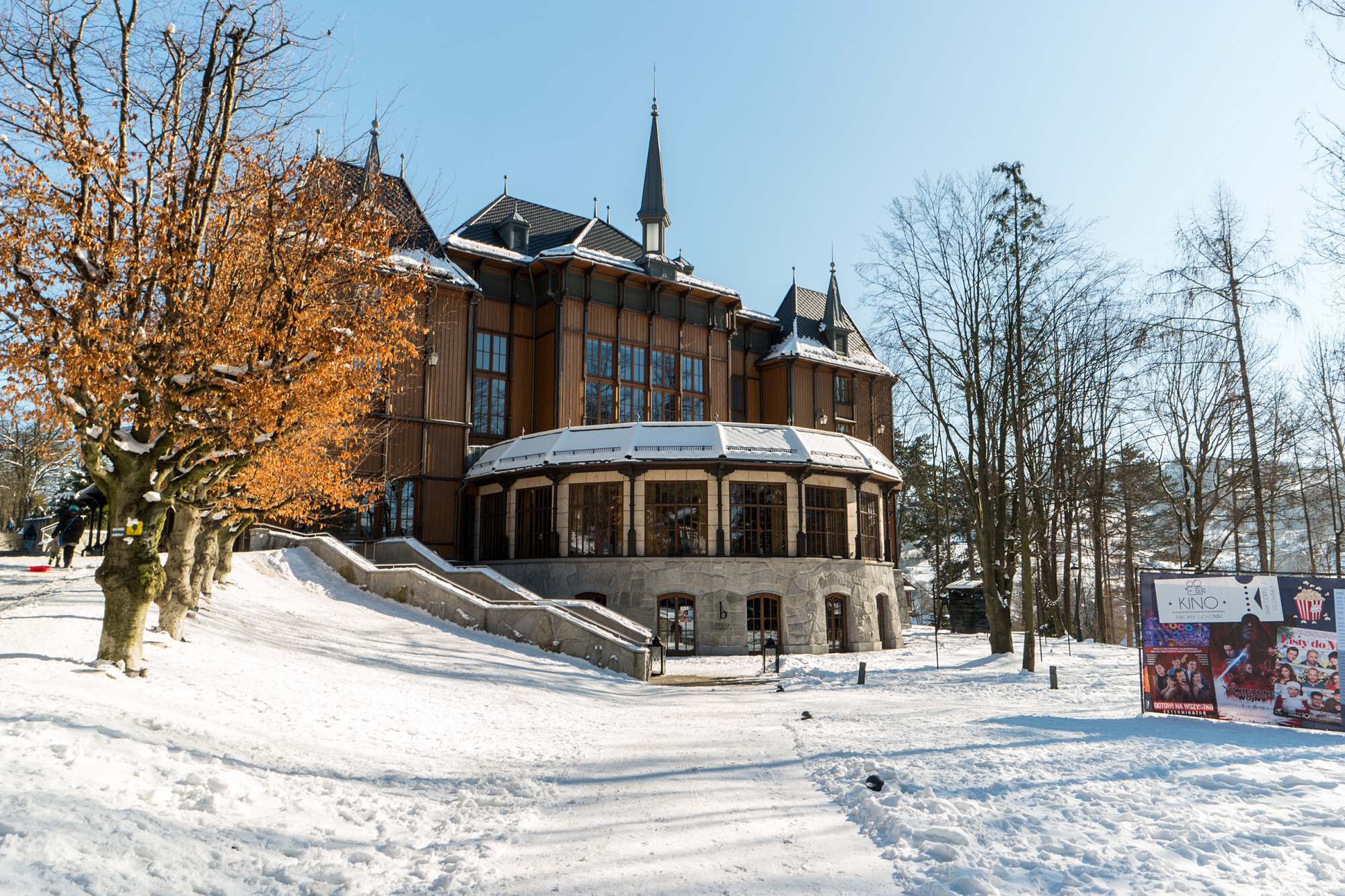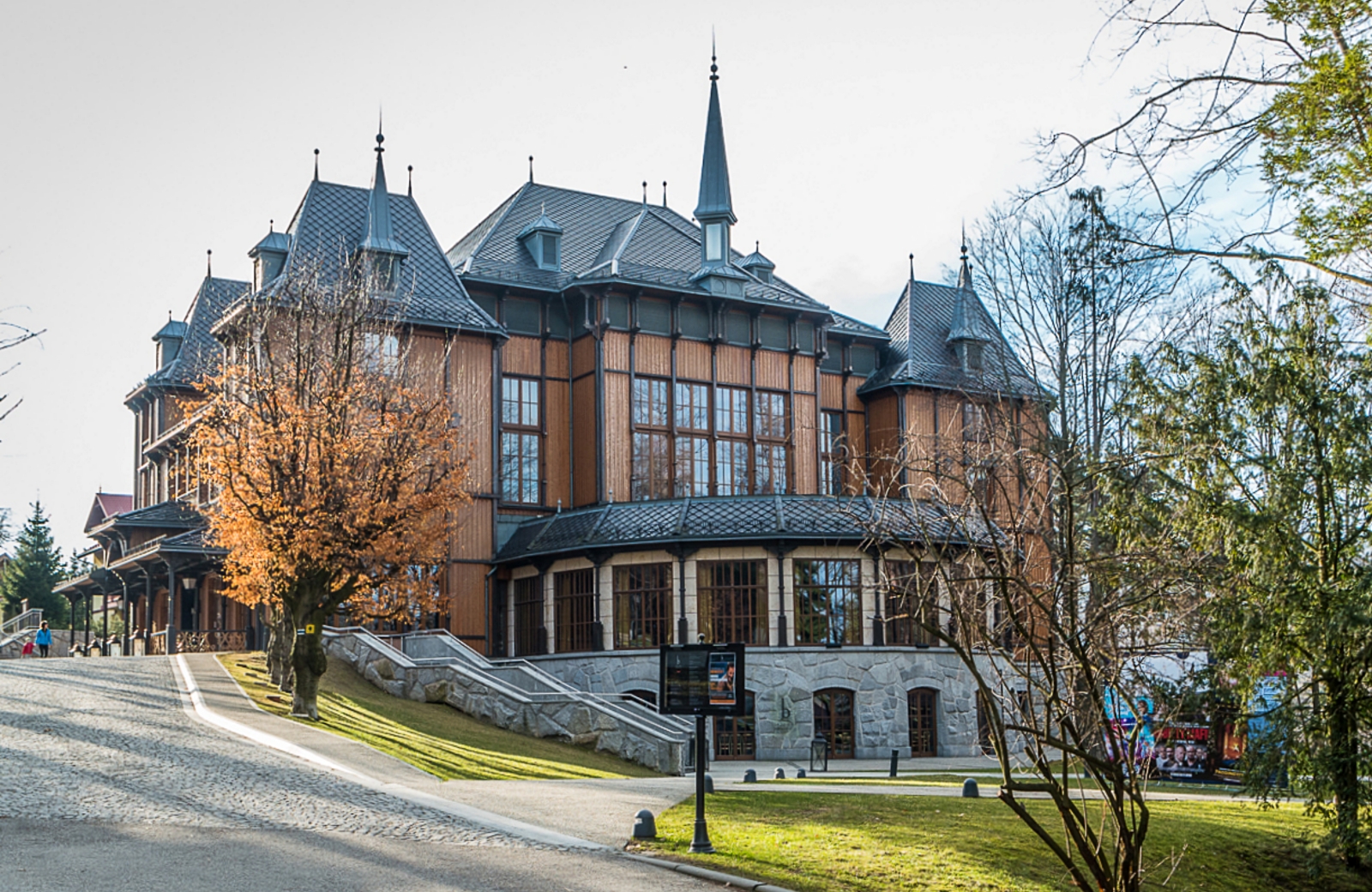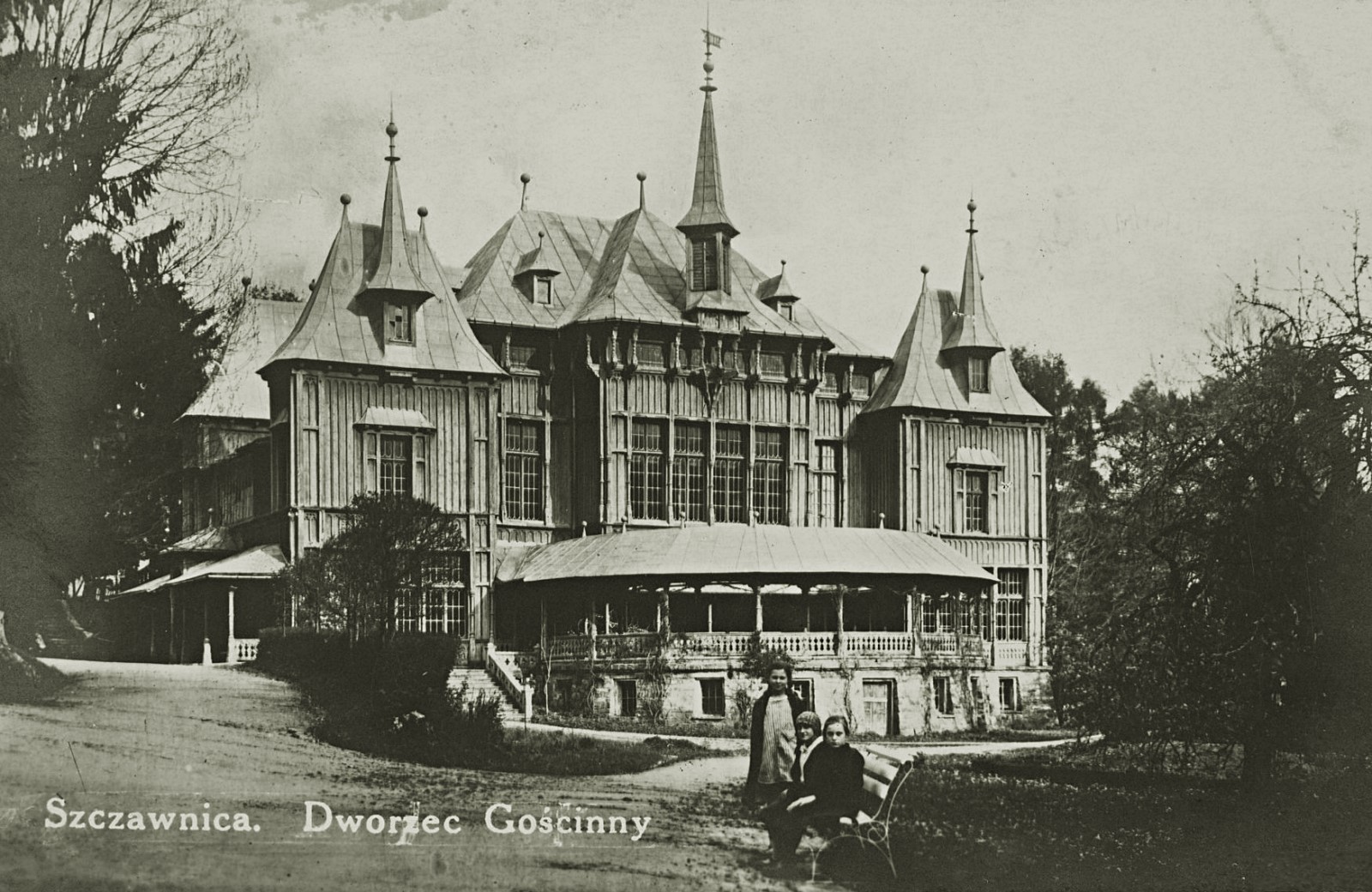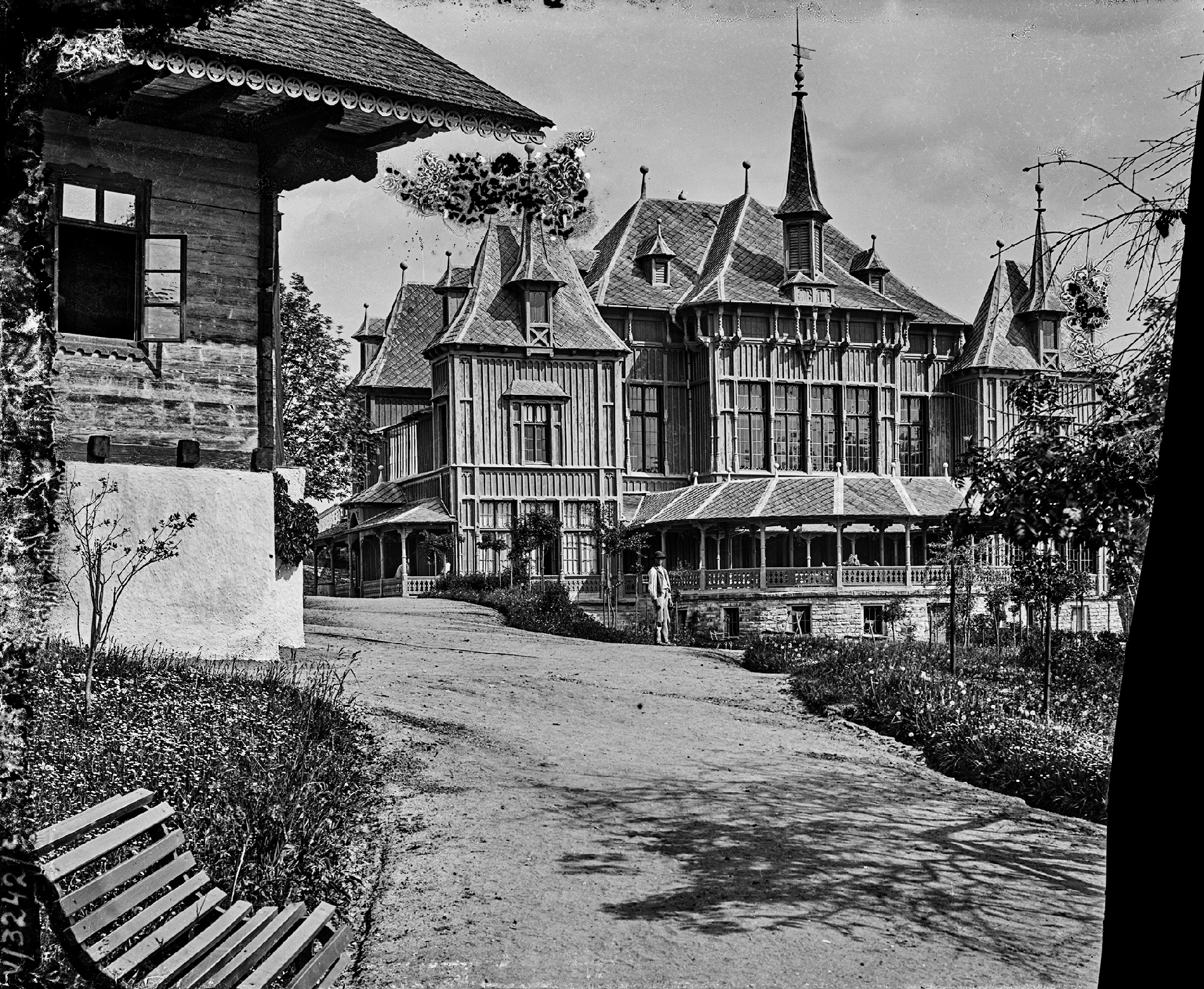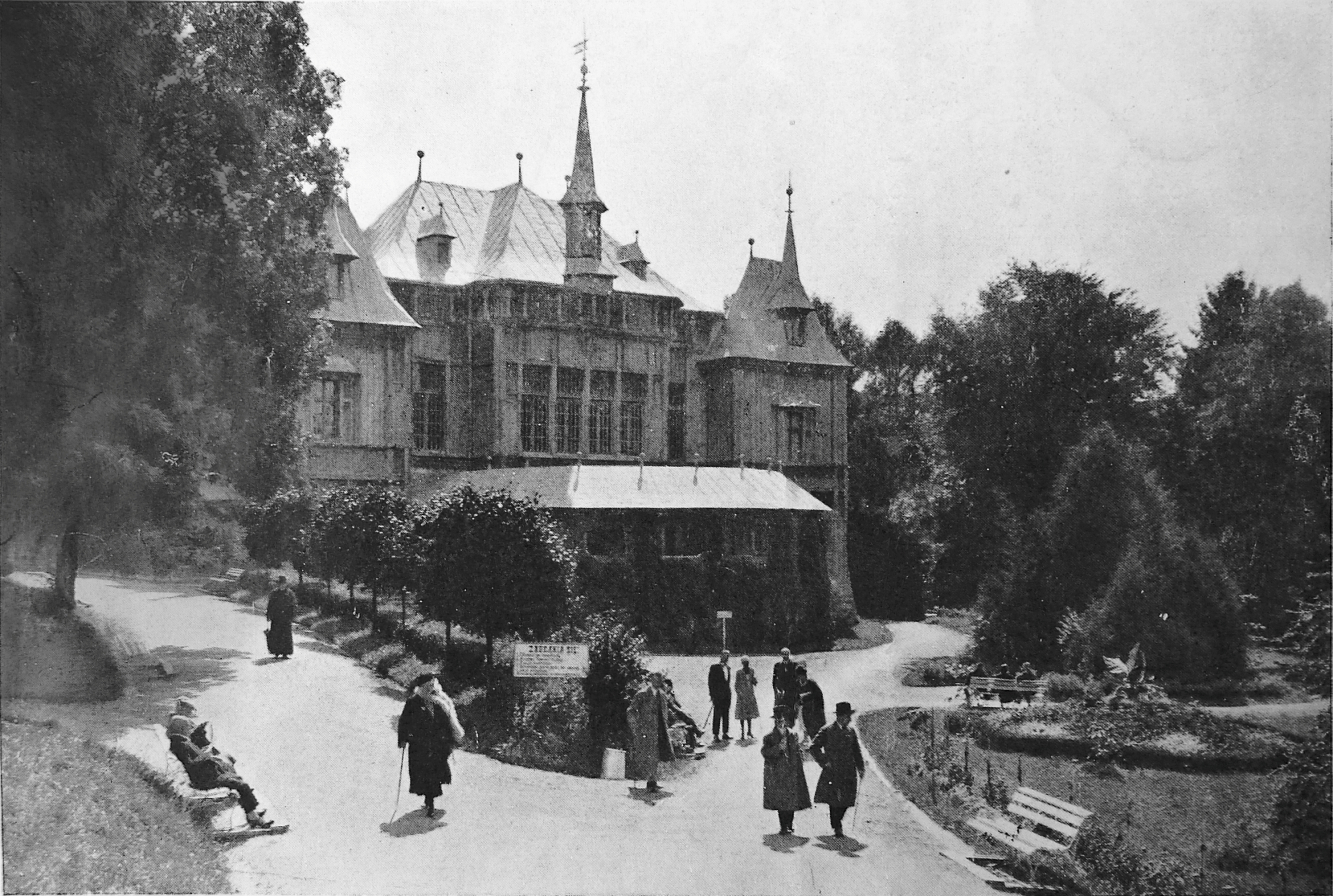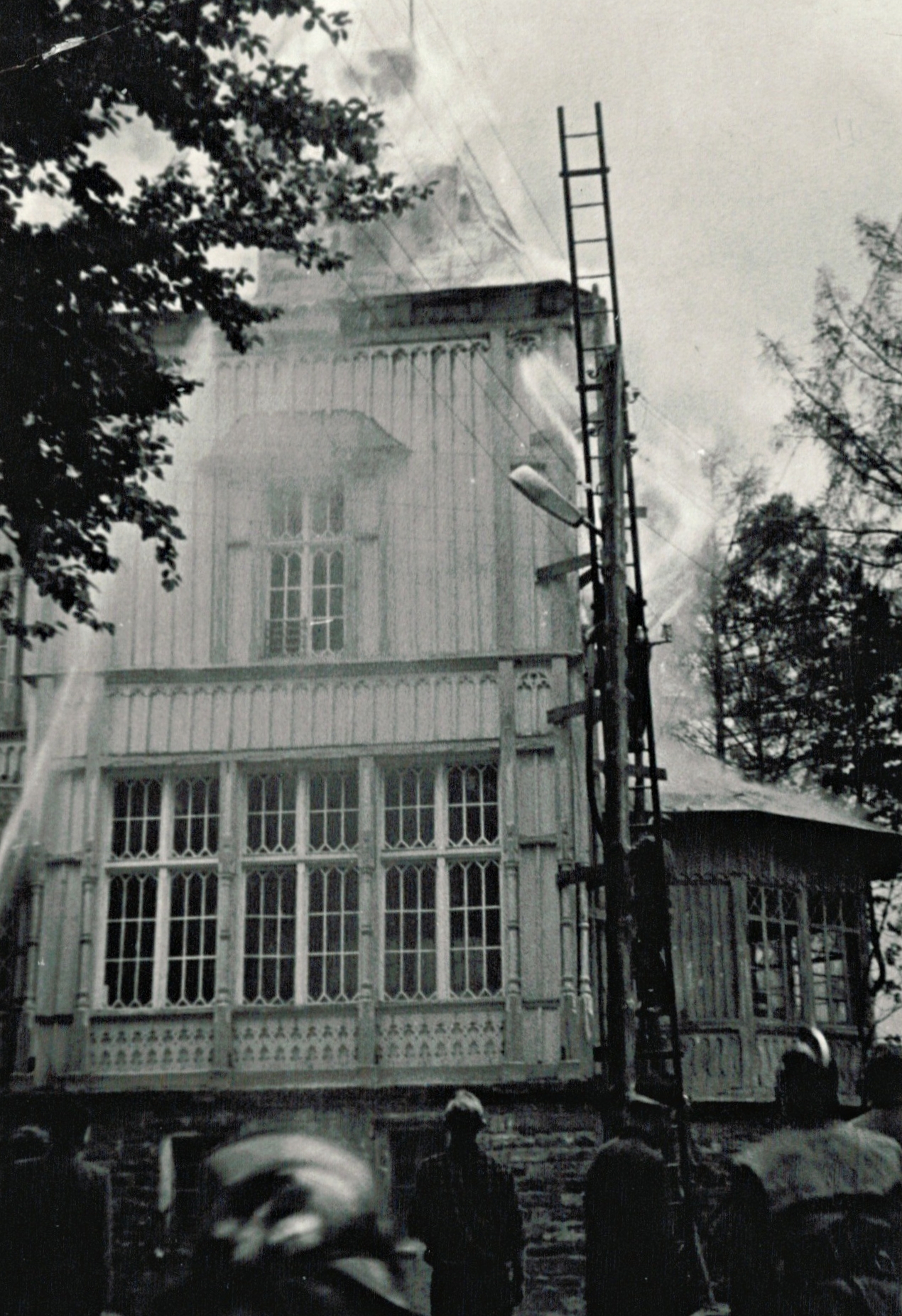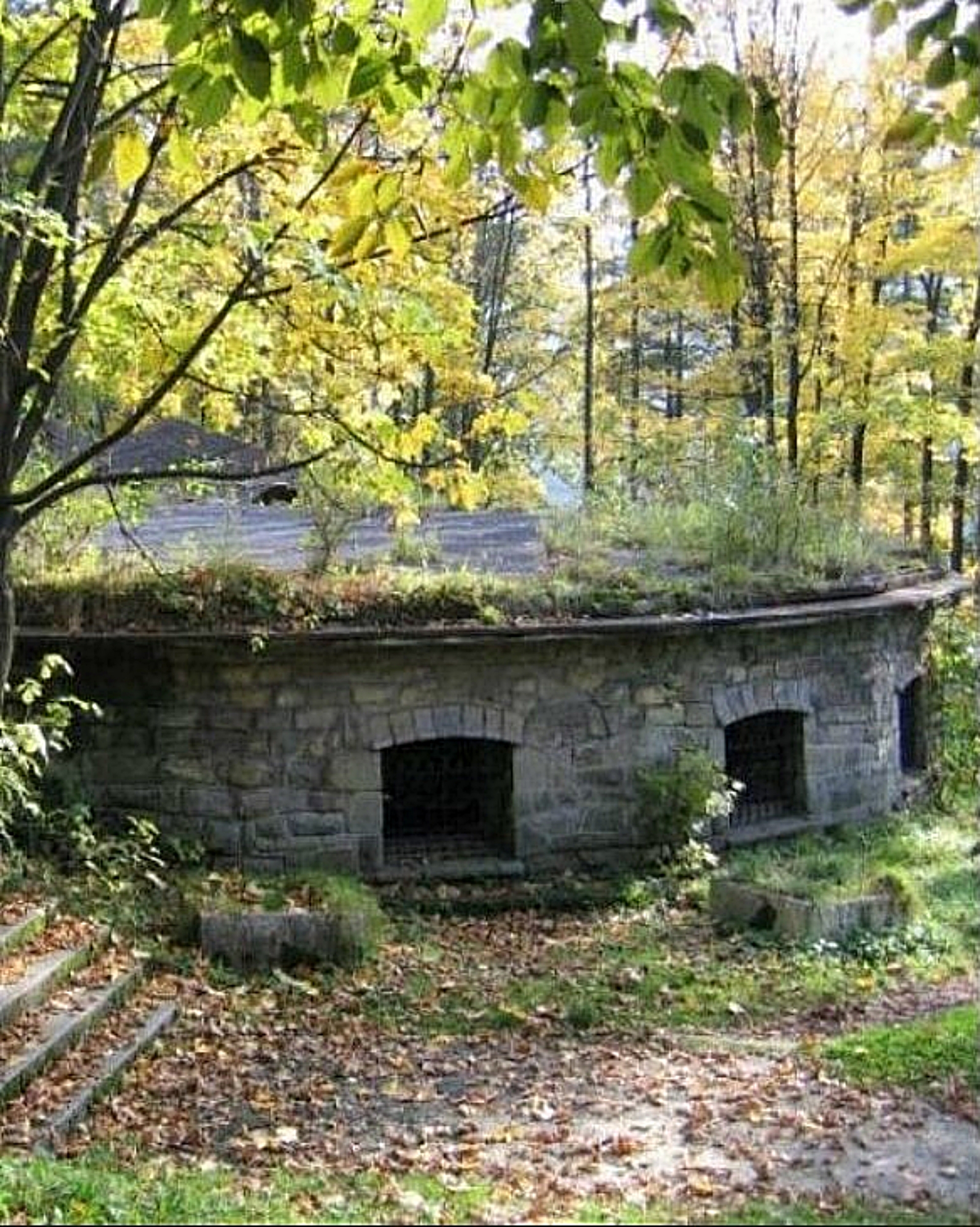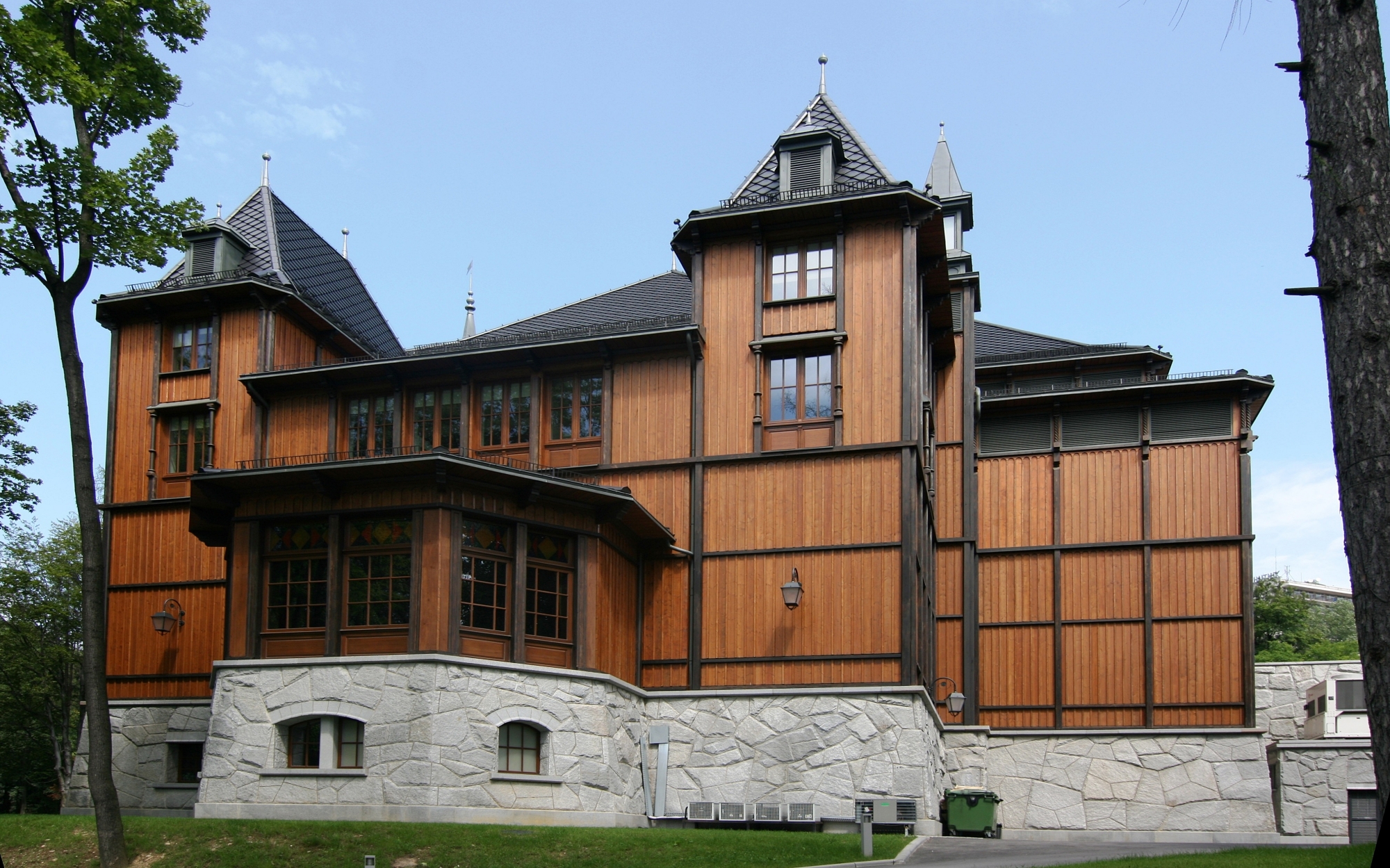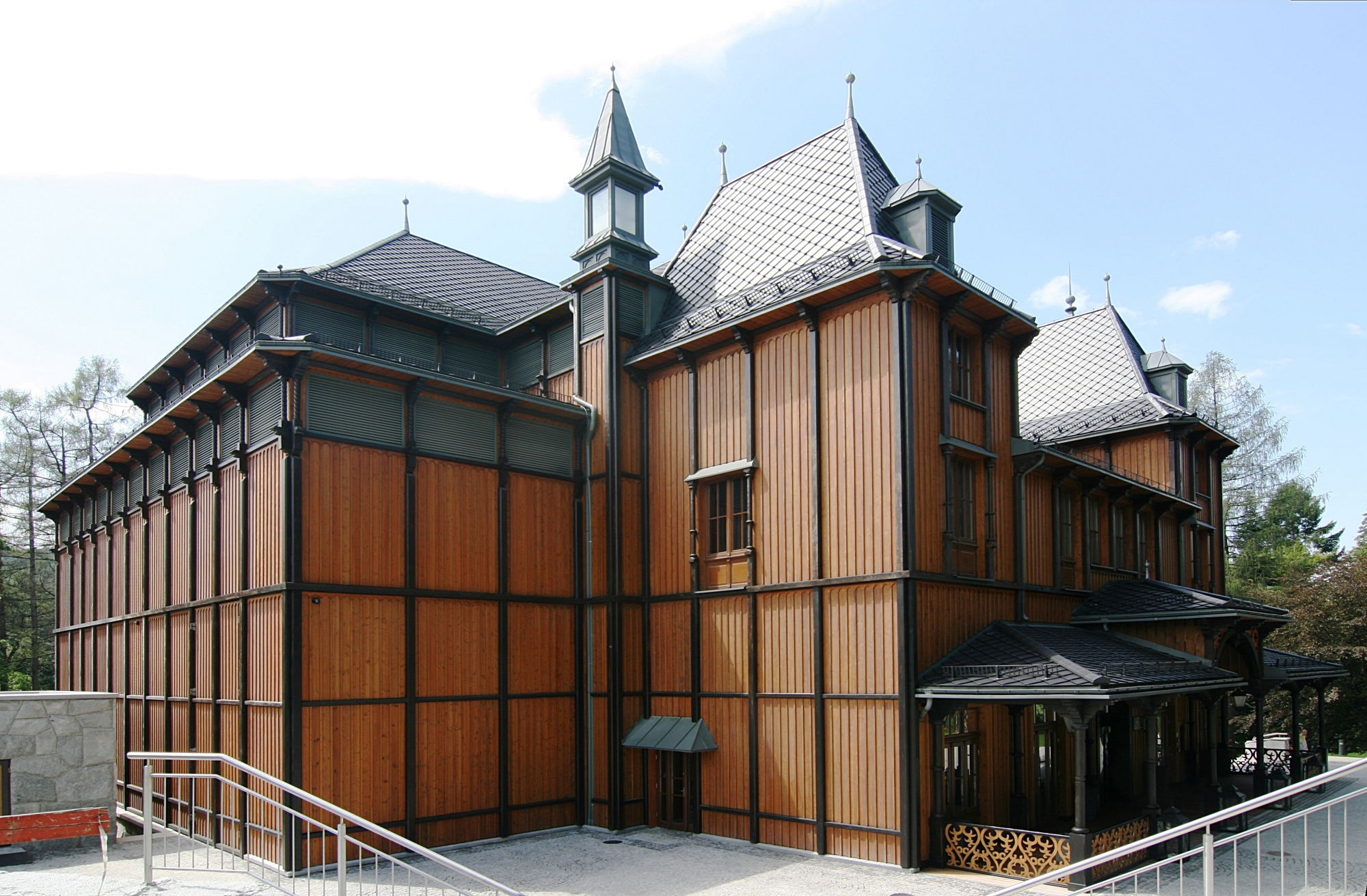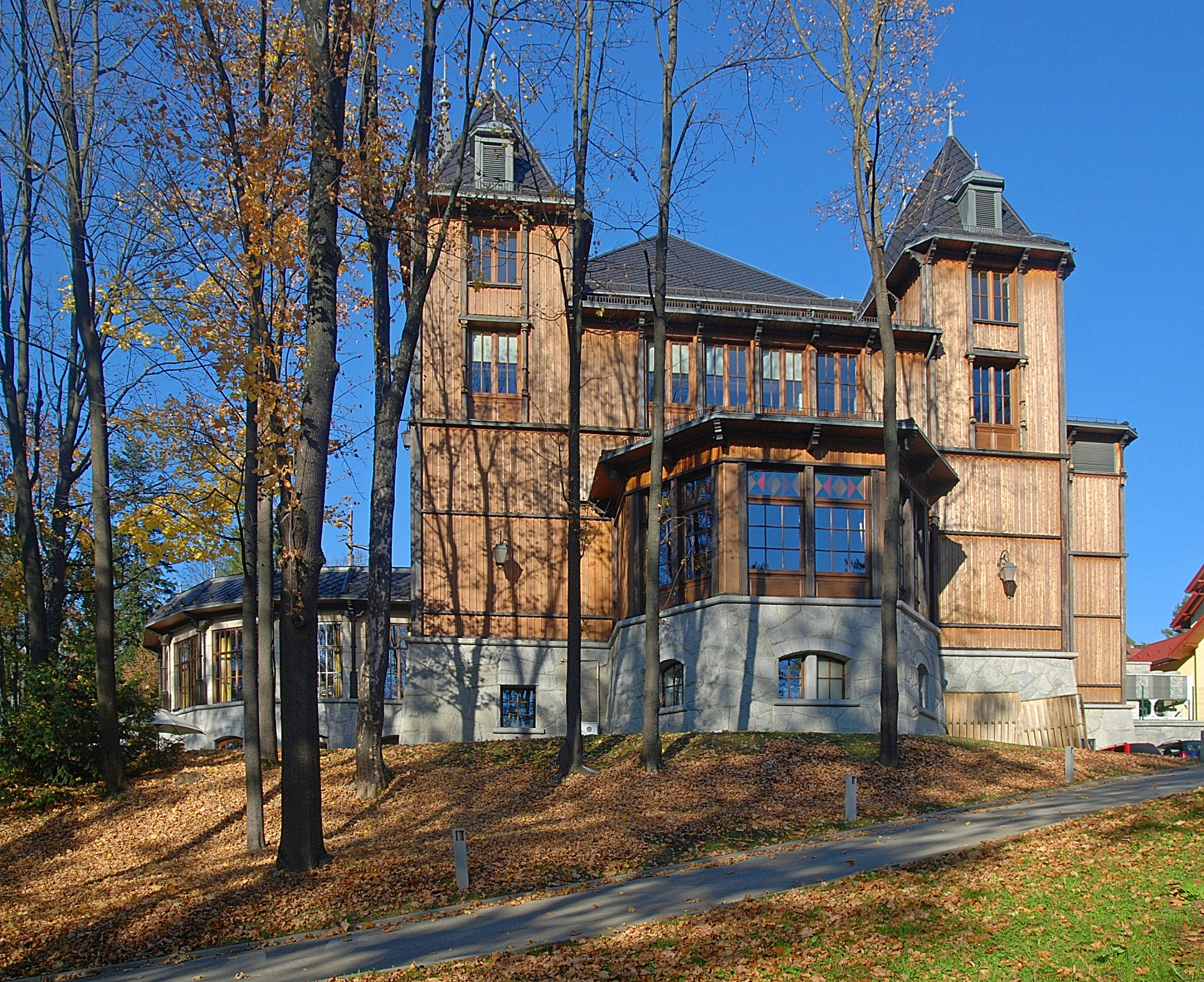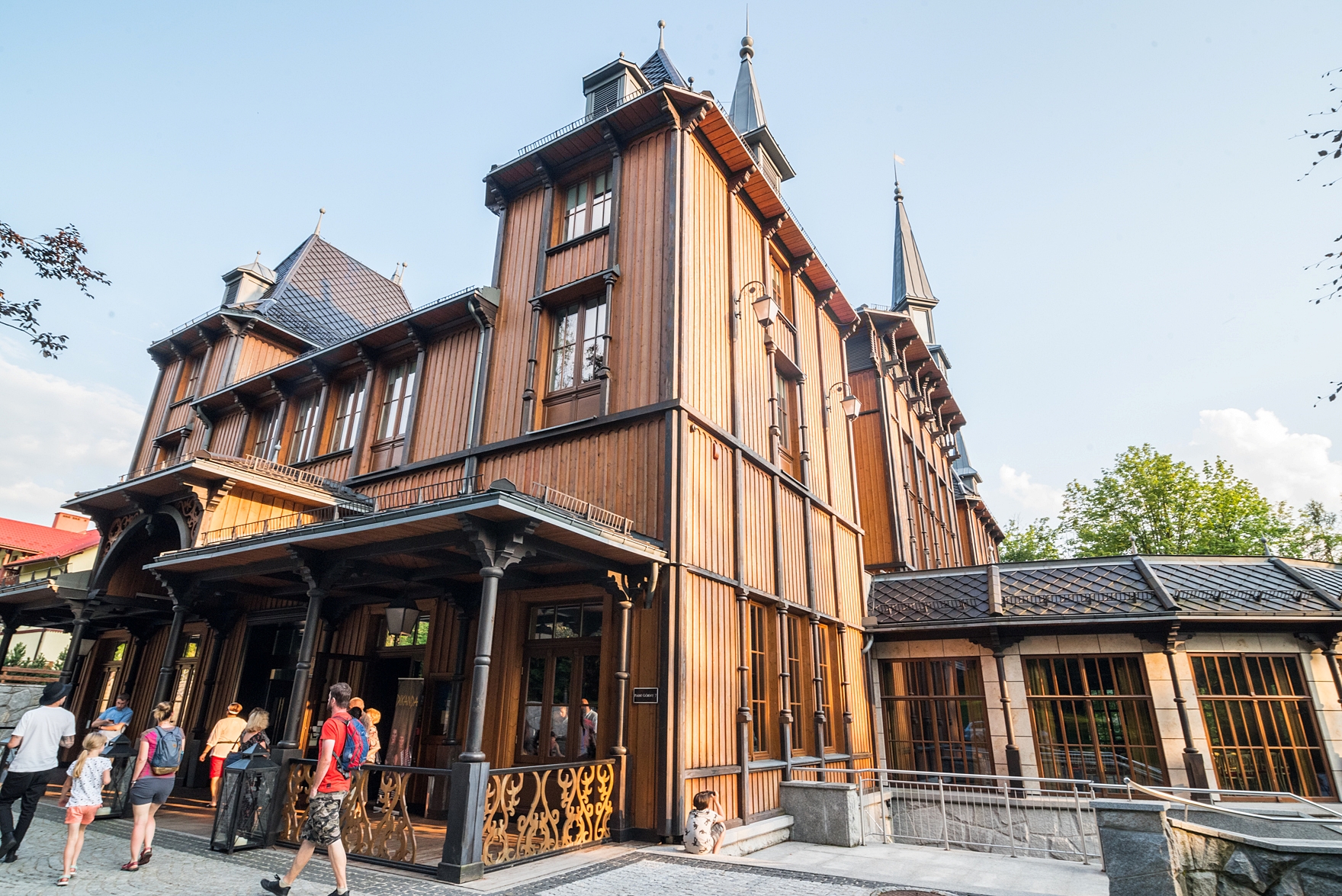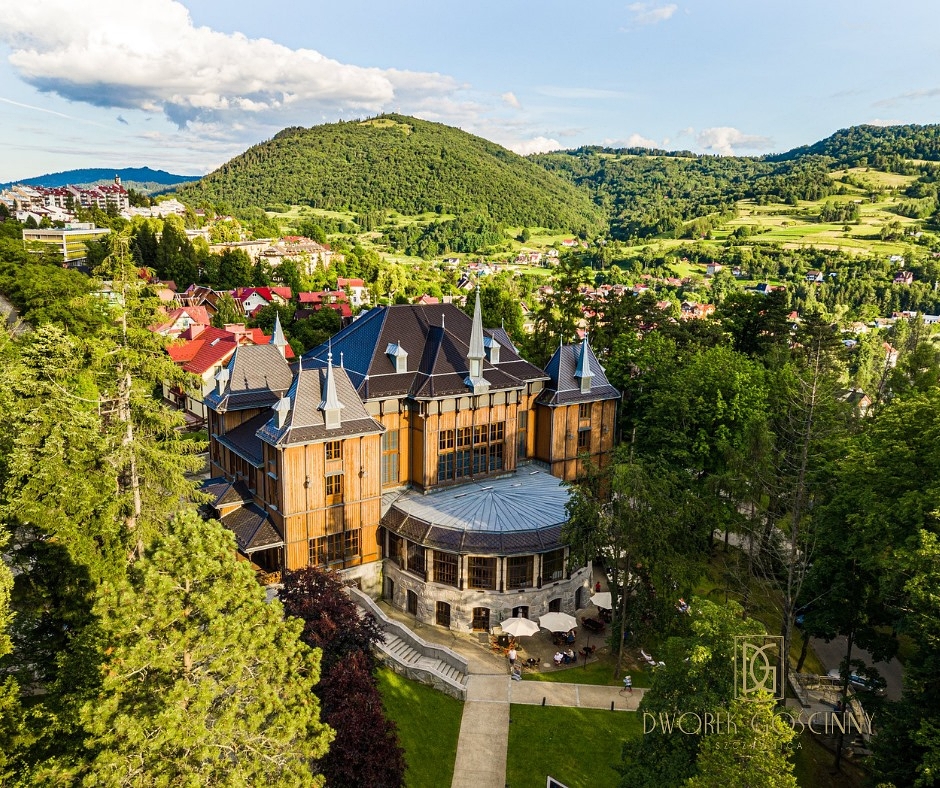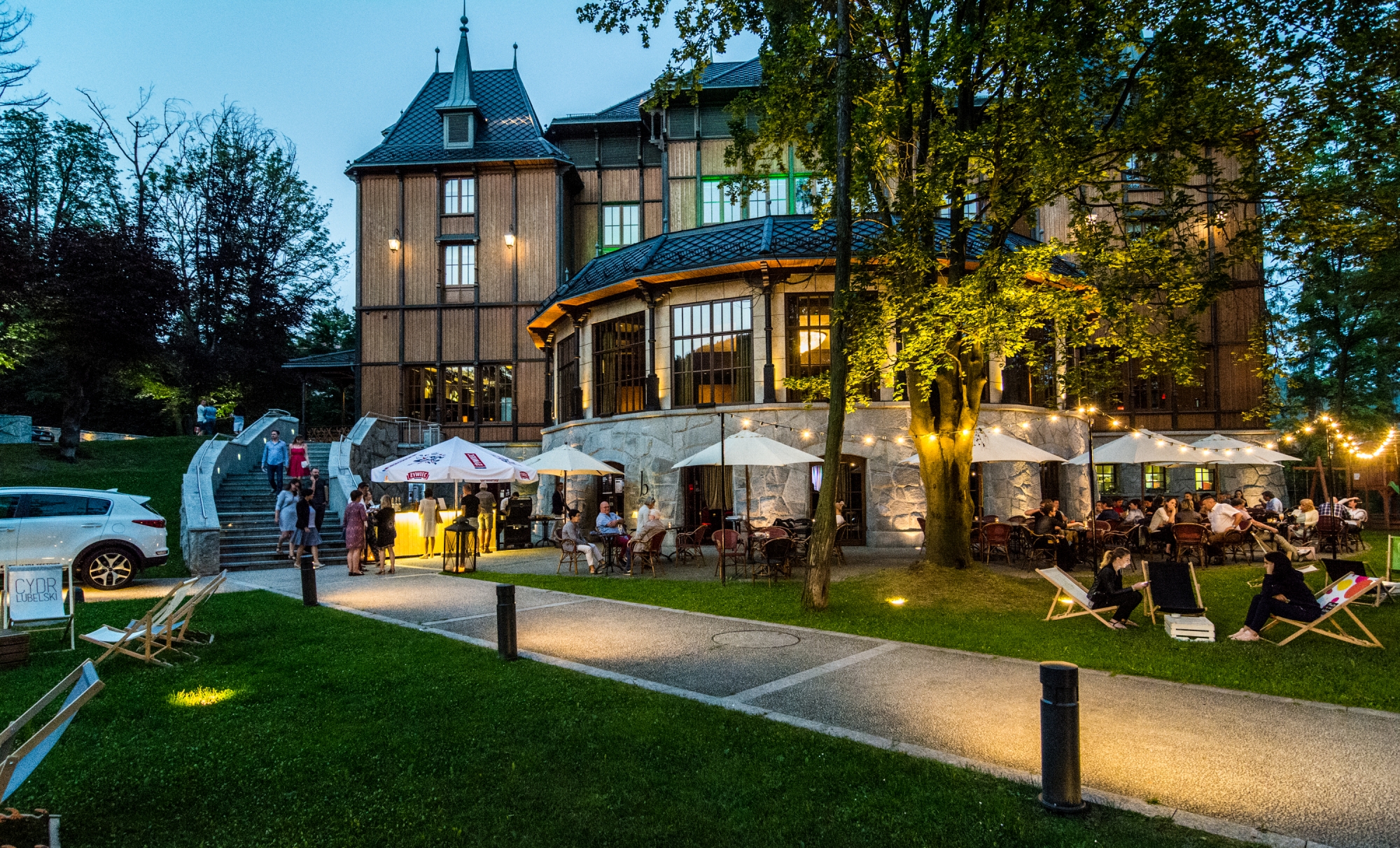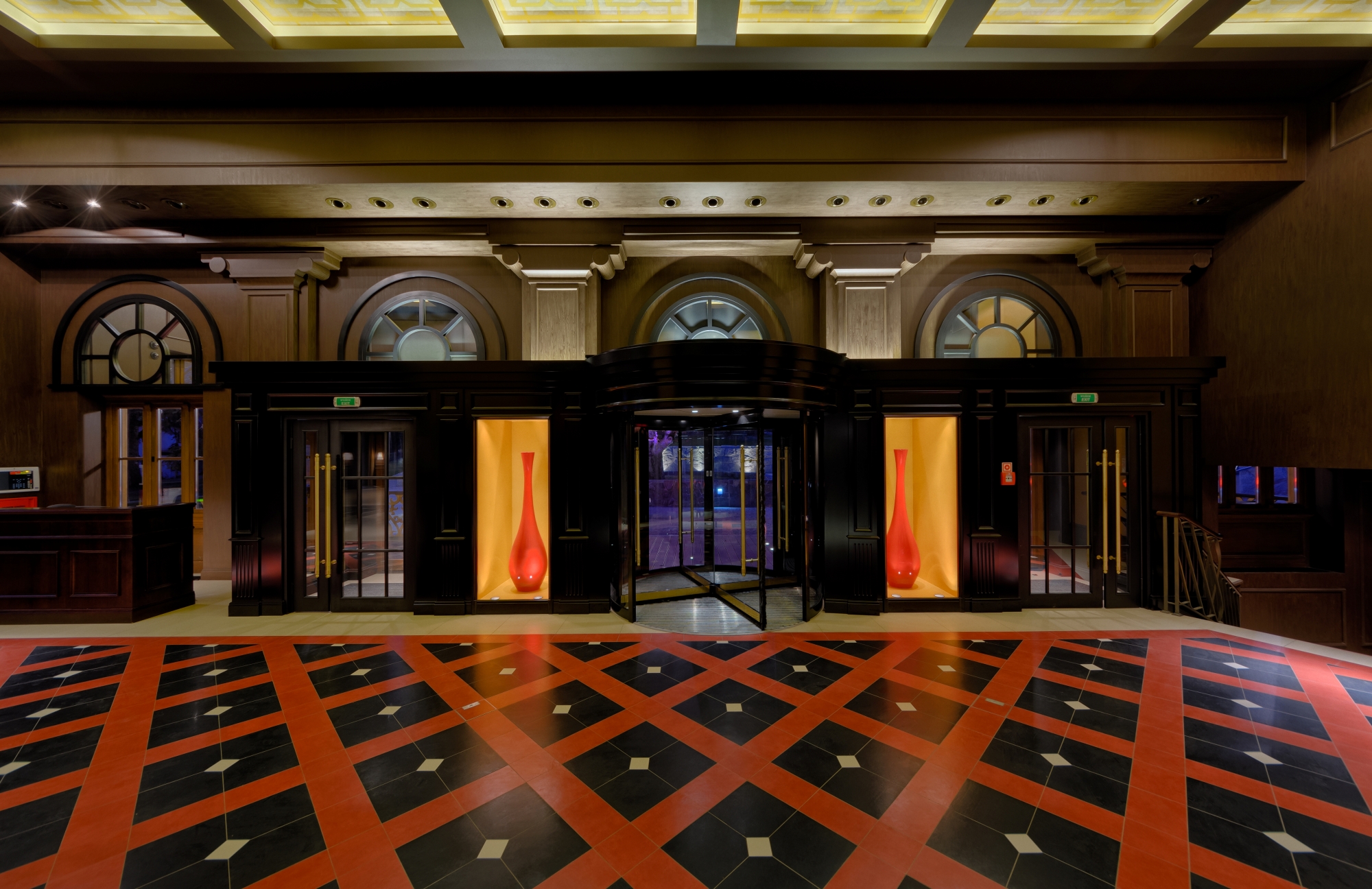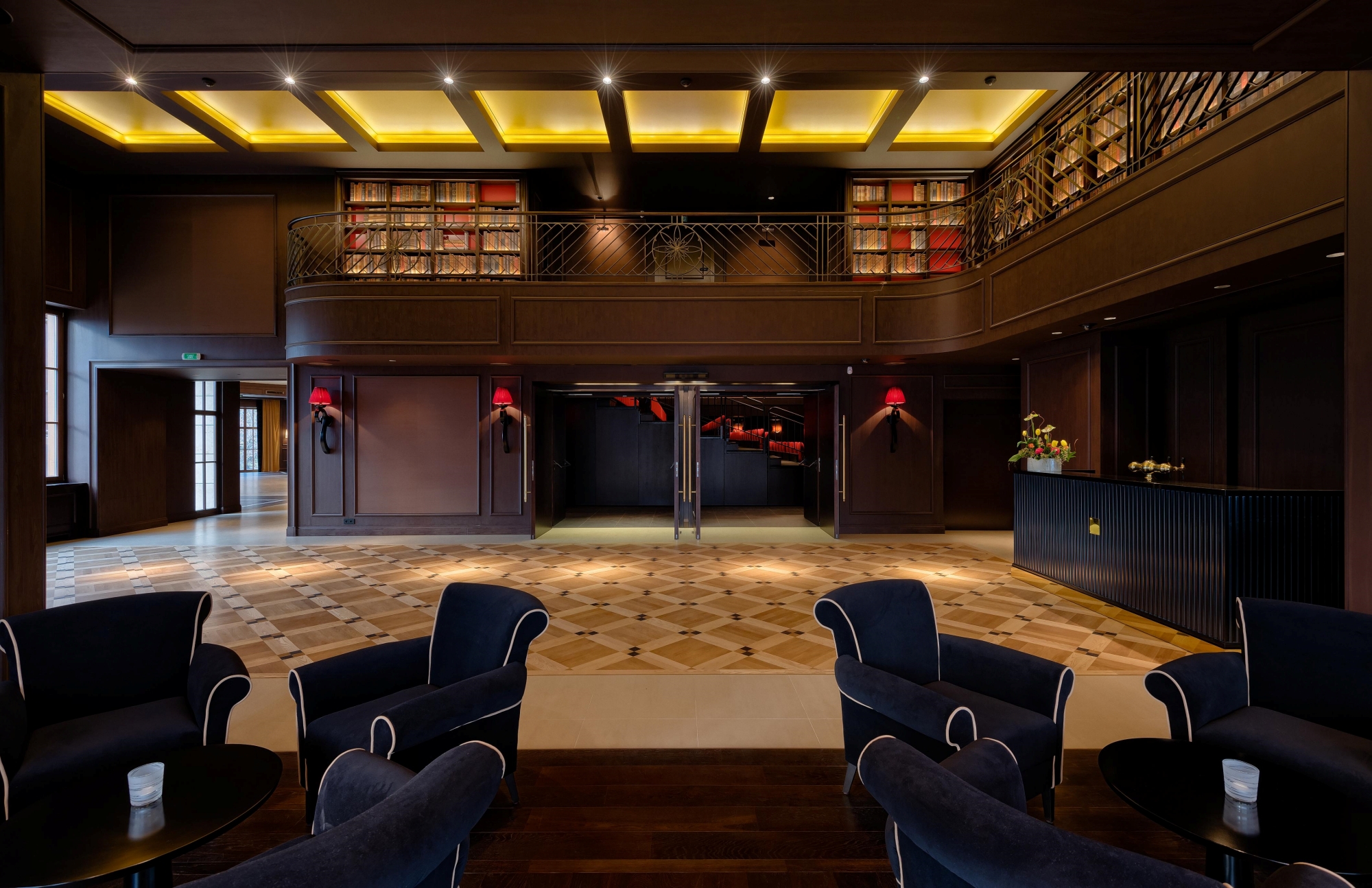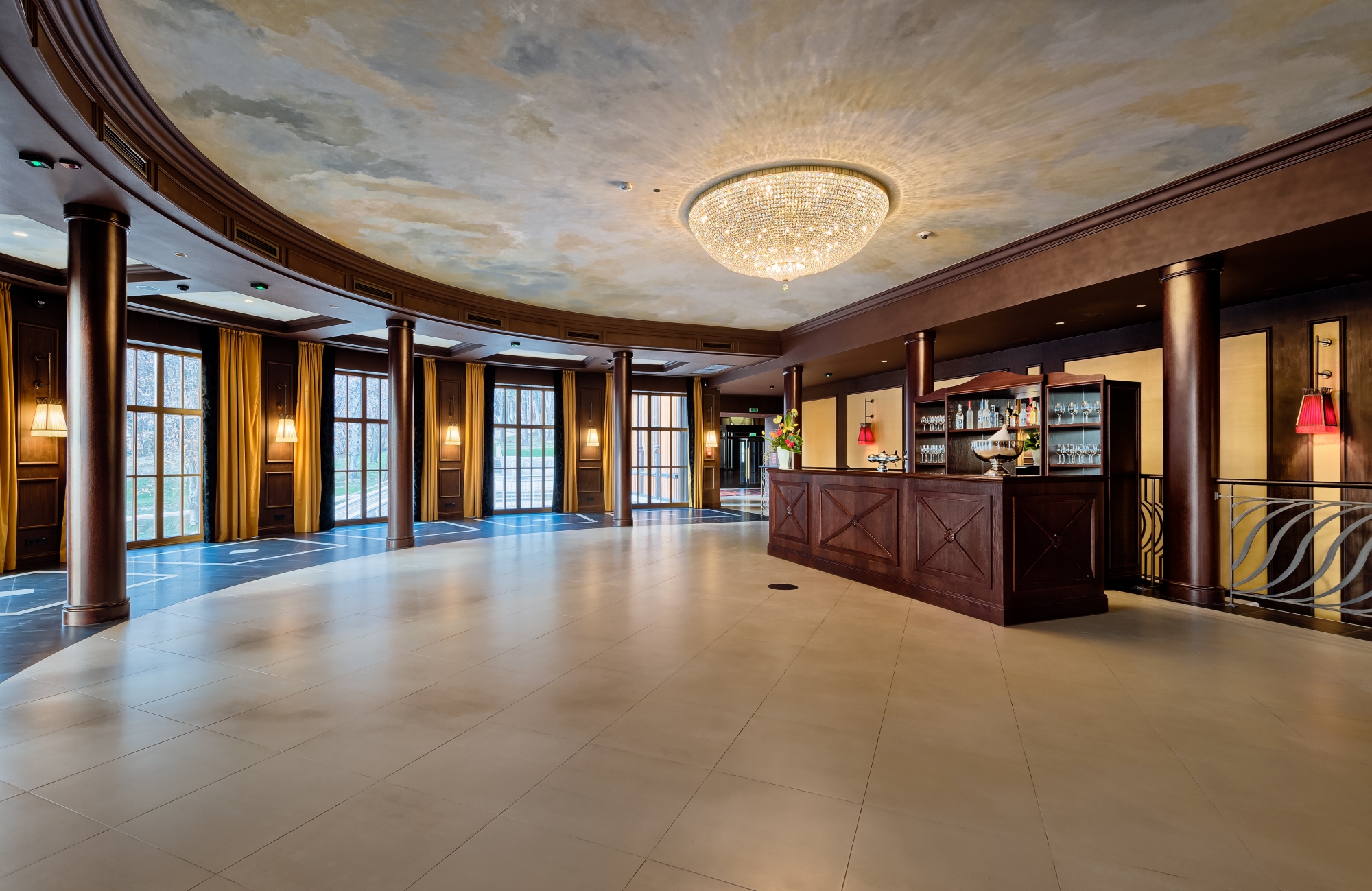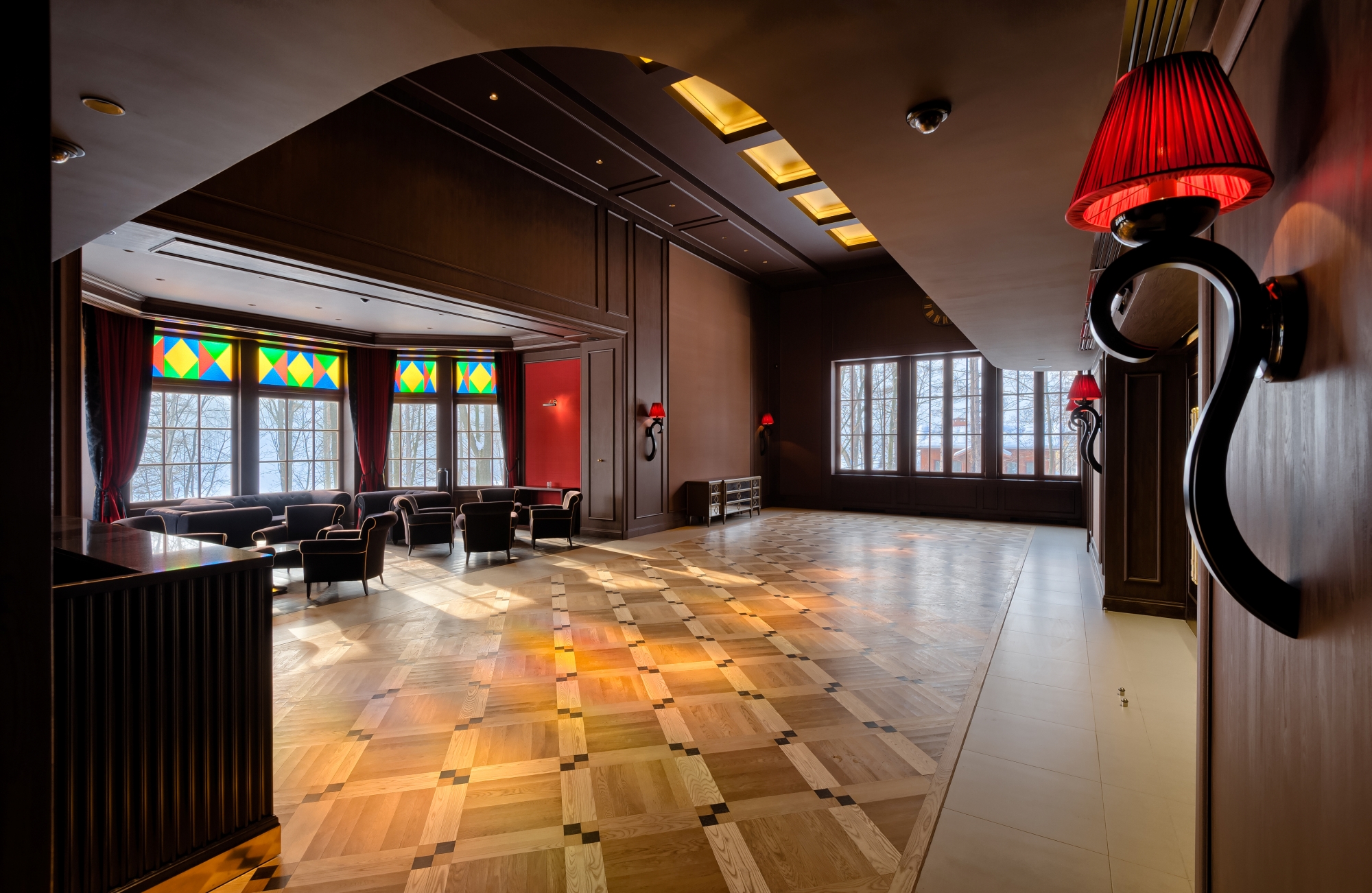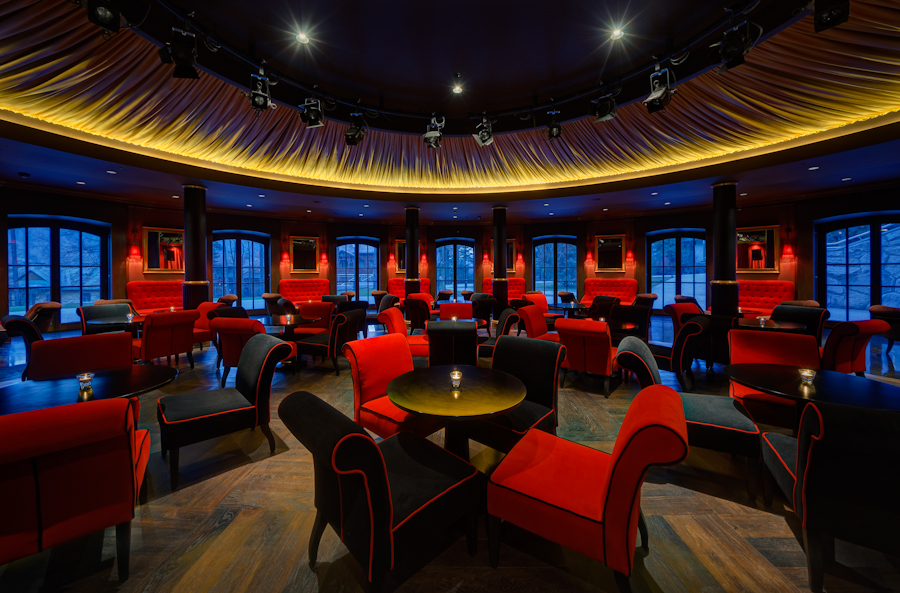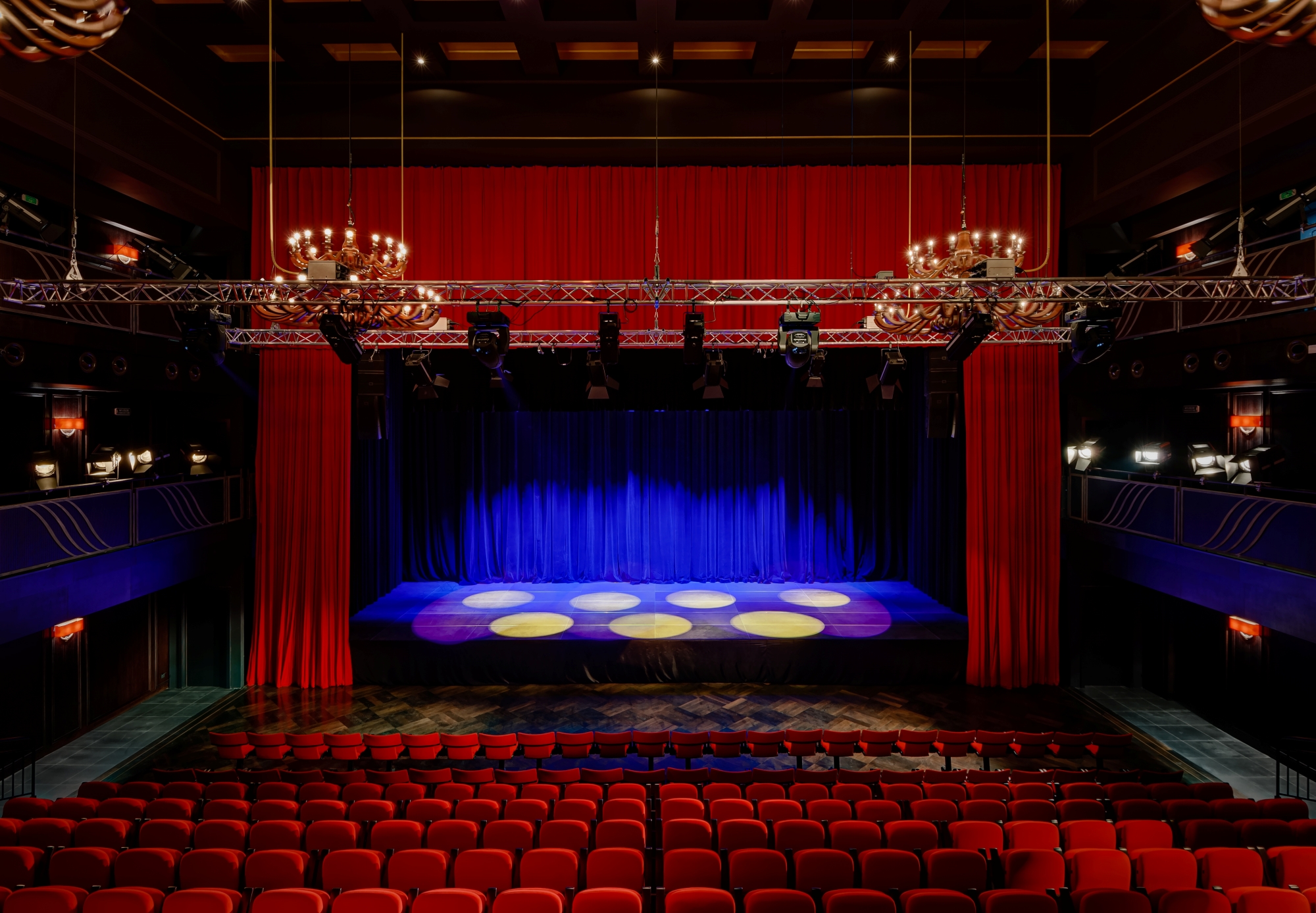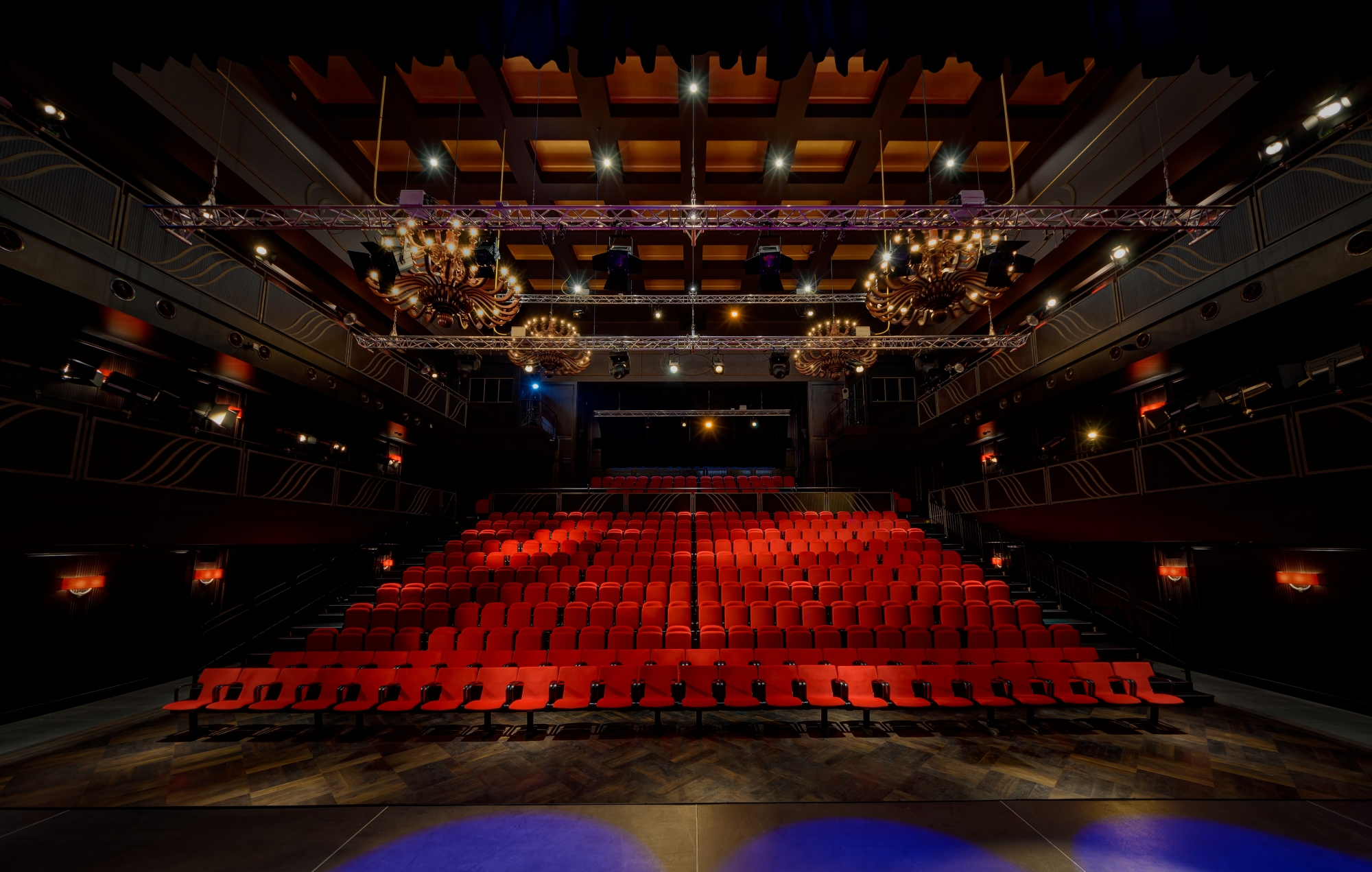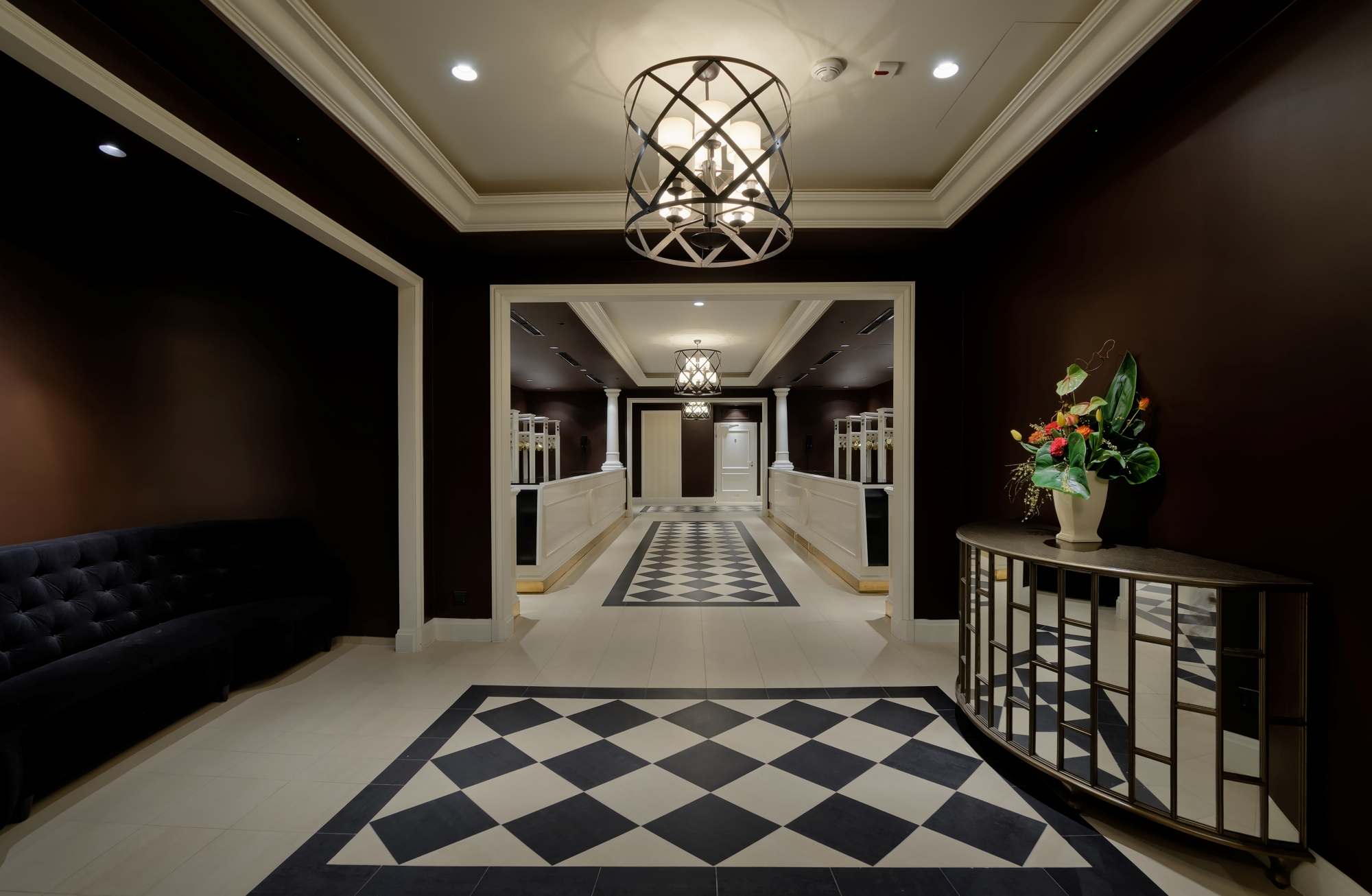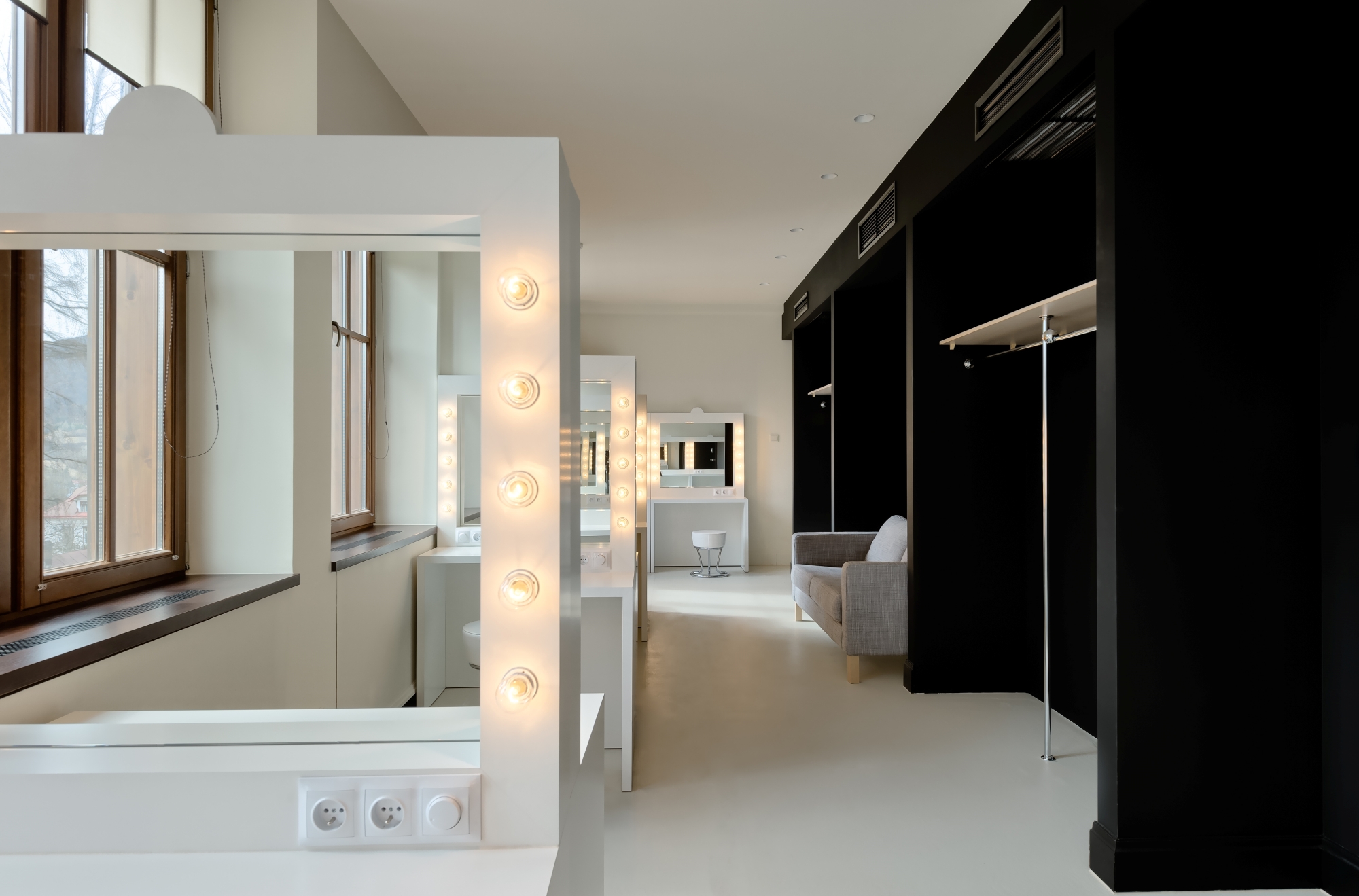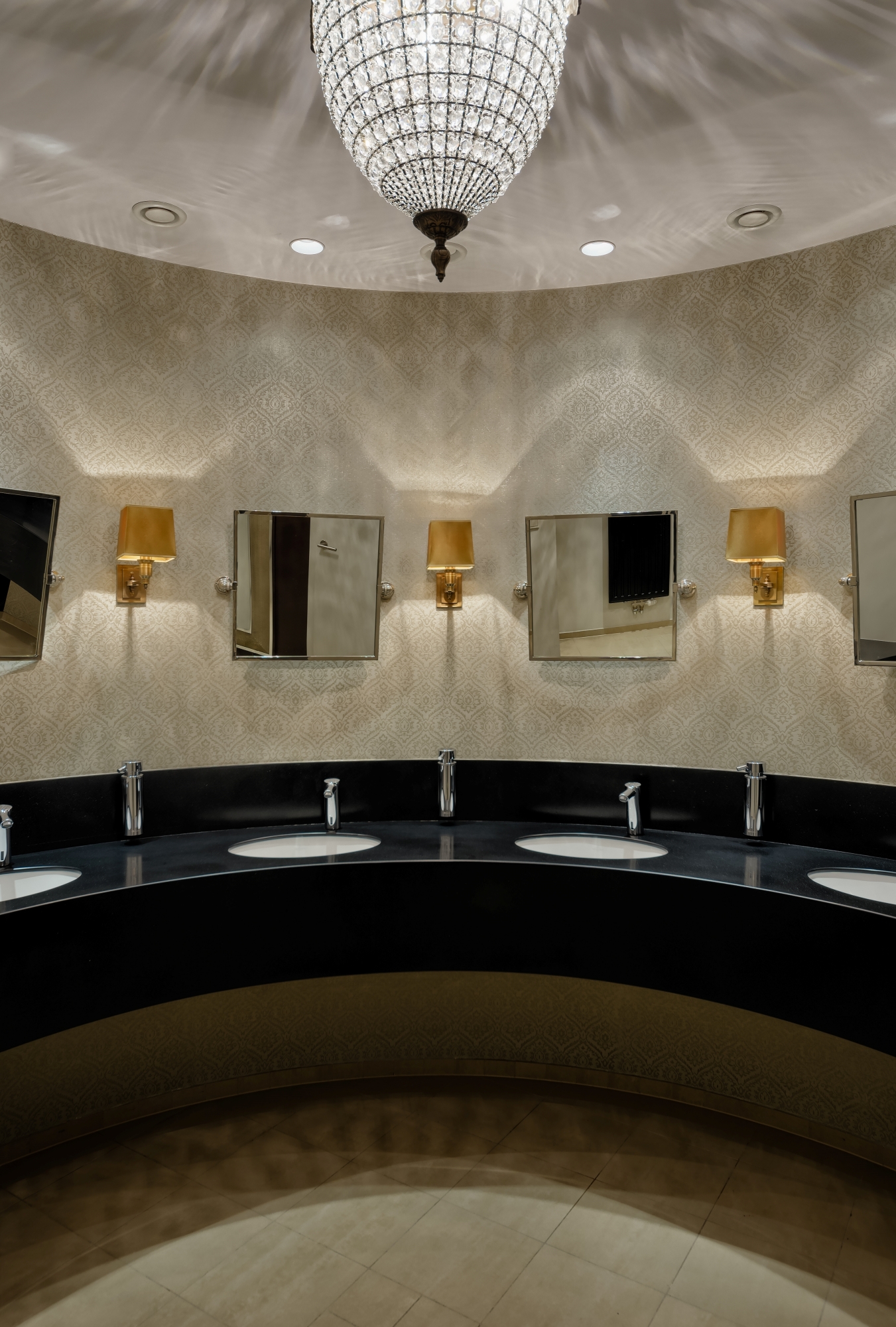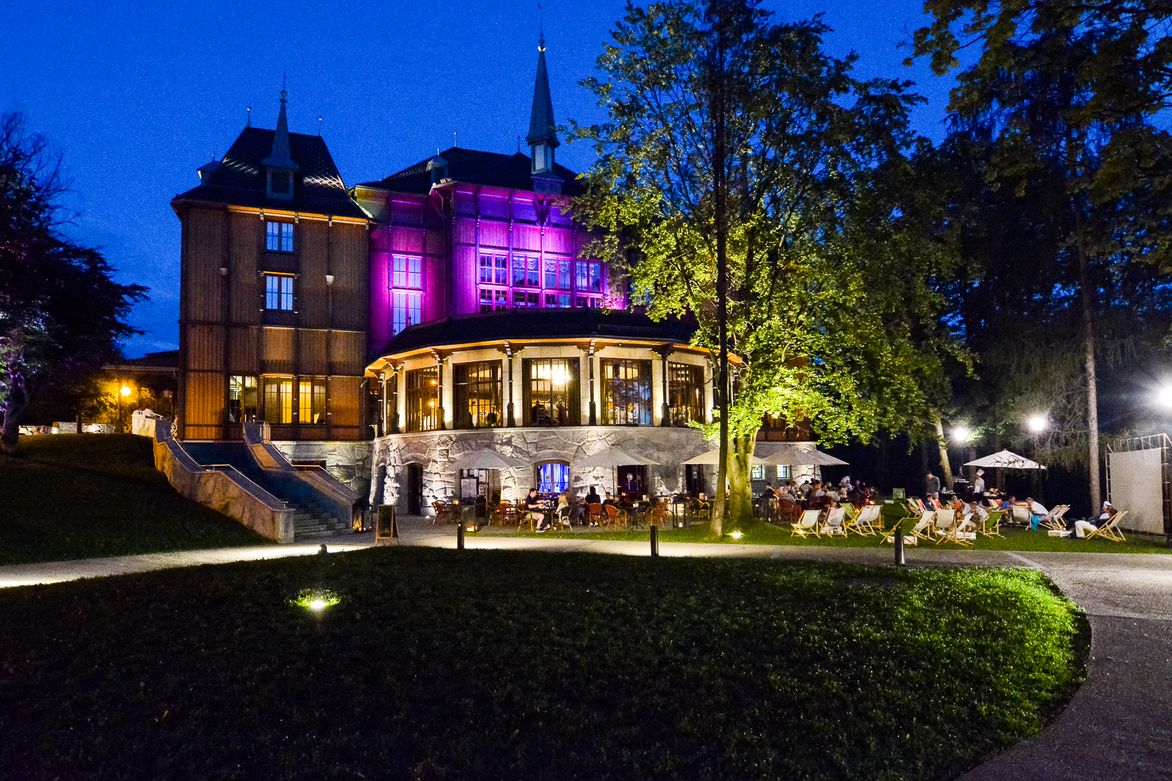Szczawnica is a special place for tourists. Climatic, well-designed, rich in attractions and open to those who want to feel the magic of the old spa. In the 1880s, a building was built here, which concentrated the cultural life of the then resort. The Guest Manor, also known as the Kurhaus or Kursalon, was opened in 1884. It was a building built of larch wood, covered with shingles, with a great number of galleries, porches, dormers and turrets. It contained a ballroom for 500 people, an auditorium, a piano room, a billiard room, a reading room, a hairdressing salon and two shops.
It epitomised the times of Szczawnica’s greatest prosperity and was the centre of its cultural and entertainment life. Such celebrities performed here as: Helena Modrzejewska, Aleksander Zelwerowicz, Ludwik Solski, Juliusz Osterwa and Stefan Jaracz. In the foyer, Maria Konopnicka, Henryk Sienkiewicz, Bolesław Prus and Kazimierz Przerwa-Tetmajer held readings or meetings with authors.
The Guest House at the beginning of the 20th century. Source: NAC – National Digital Archives
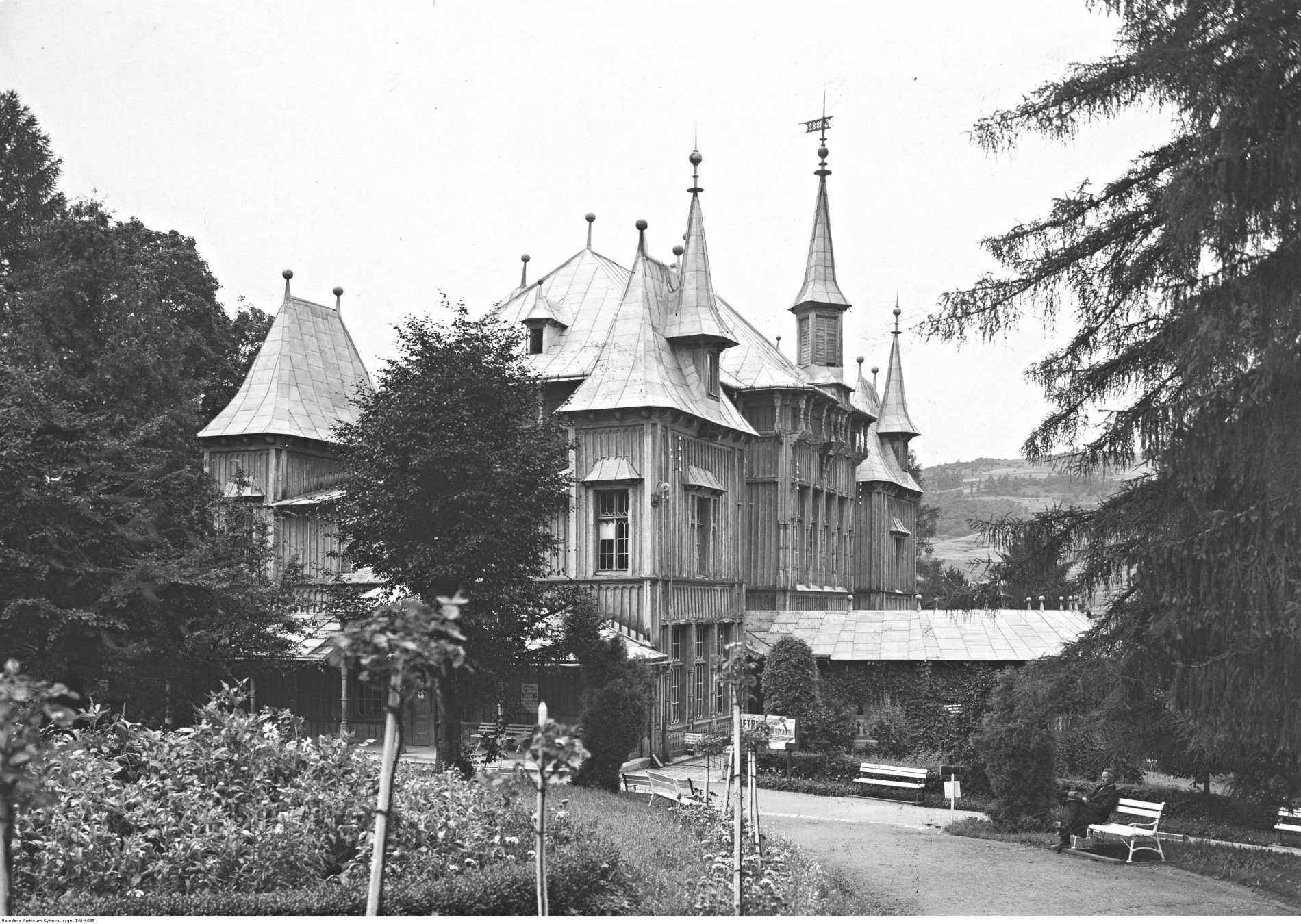
In 1909 Adam Stadnicki became the owner of the Manor House. World War II put an end to the magnificence of the facility. In 1948, the authorities of the People’s Republic of Poland nationalized the entire spa, and with it the Guest House. In 1959-1962, the building housed the first collections of the Pieniny Museum. on 20 October 1962, black clouds hung over Szczawnica. On that day, a tragic fire broke out in the famous building. The wooden structure was completely destroyed, with only brick foundations remaining from the Manor House. In this way, the once iconic tabernacle disappeared from the Szczawnica skyline. Fortunately, not forever.
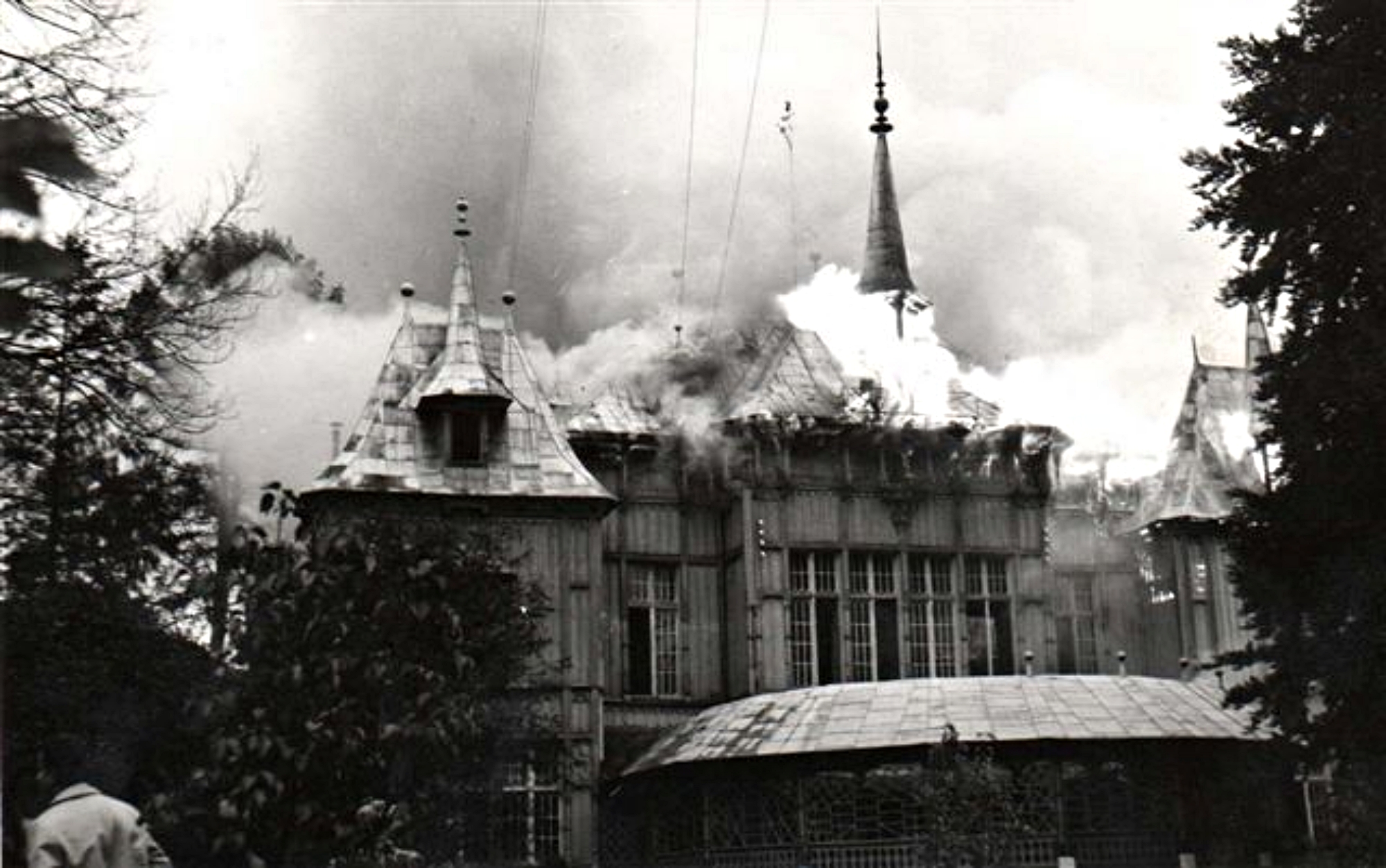
The chance to rebuild came in 2005, when the Mankowski family – heirs of Count Adam Stadnicki – reclaimed the former spa property. In 2008, work began. The body of the Manor House was reconstructed (its volume was increased by 1/3 compared to the original), and regional wood-carved elements and painted ornaments were preserved. The reconstructed building was put into use in 2011. Some of the formerly open rooms, such as the foyer and the hall, were reconstructed in a different, closed form for operational reasons.
The manor house in the early 20th century and today. Photo Source: Polona National Digital Library and dworekgoscinny.pl
The new décor draws on the historic tradition of the venue. Nicolas Mankowski and French interior designer Image de Marc are responsible for its design. The furnishings of the stately finished rooms are complemented by classical chandeliers and theatrical curtains hung around the large windows. The building opens up onto the surrounding greenery and slender, century-old larch trees. The main hall can be transformed from a theatre space to a ballroom with a glittering dance floor thanks to an automatically folding auditorium. The Manor House also has an atmospheric library with an extensive literature collection and a jazz bar, which leads directly out into the garden.
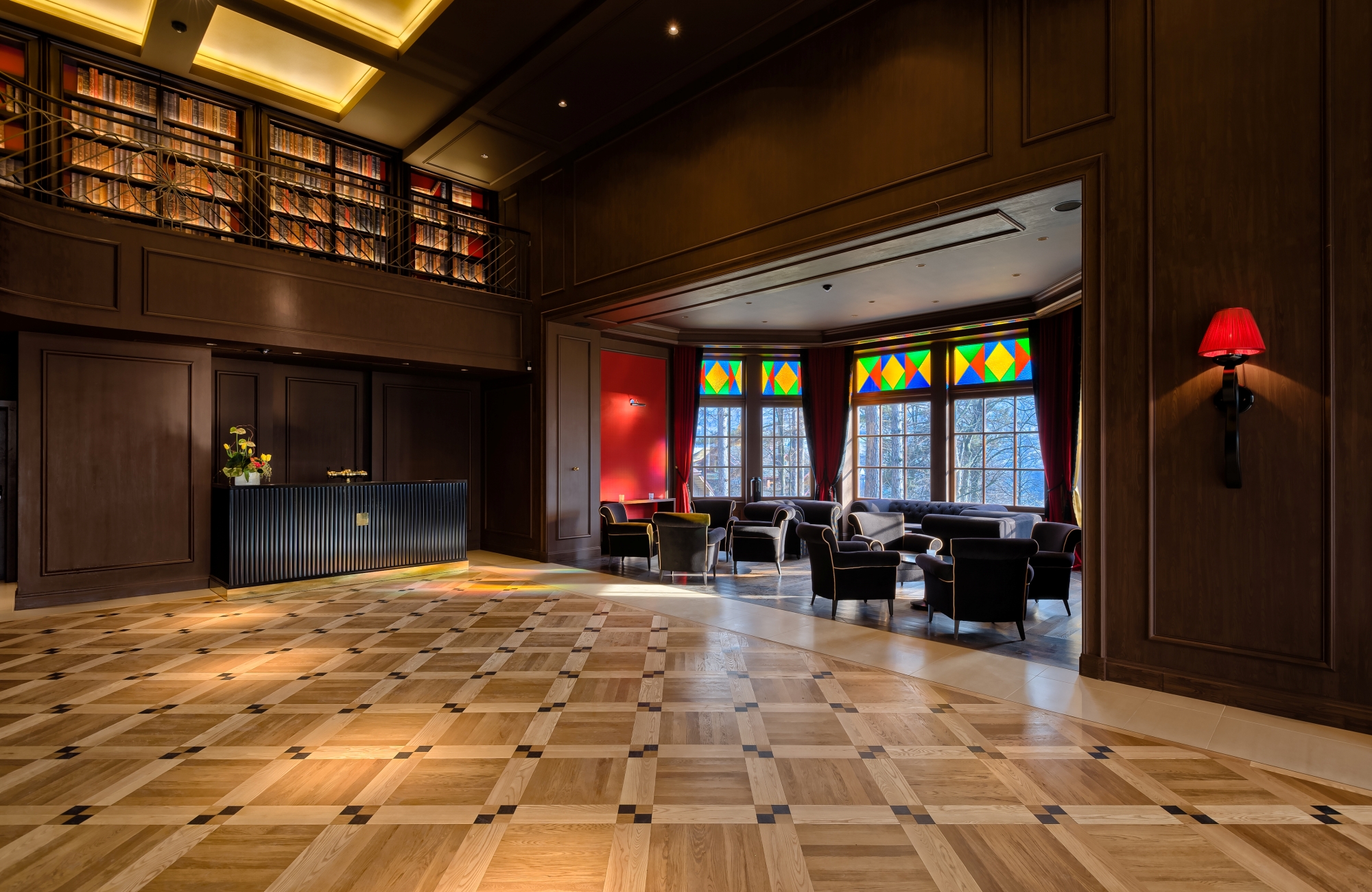
Originally, the owners had planned to cover all the walls of the building with wood to preserve the mountainous character of the place. However, there were two factors that discouraged them from this idea: the building can accommodate more than 300 people, so all wooden elements must be fireproof. This would involve a huge cost. In addition, the owners were limited by the maximum percentage of wood in the building. So Nicolas proposed a technique, which is commonly used in France, of painting in such a way as to create the effect of wood. The optical illusion effect is excellent. Therefore, alternating wooden and ‘wood effect’ painted elements were used.
The reconstruction of the Guest House was a milestone with which the new history of Szczawnica Spa began. Located in the heart of the Pieniny resort, surrounded by the greenery of the Upper Park, it combines the charm of a bygone era with contemporary functionality.
Source: dworekgoscinny.pl
Photos: dworekgoscinny.pl
Read also: Architecture in Poland | Elevation | Interiors | History | Villas and residences | Travel | Interesting facts

